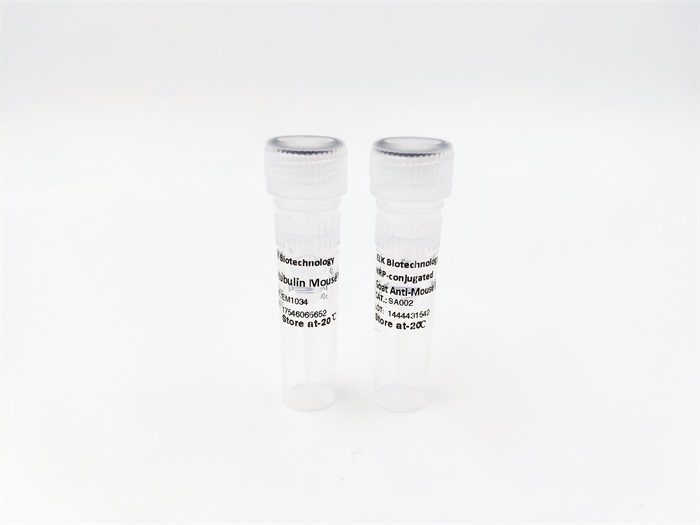| Background: |
catalytic activity:Release of an N-terminal dipeptide, Xaa-Yaa-|-Zaa-, except when Xaa is Arg or Lys, or Yaa or Zaa is Pro.,cofactor:Binds 1 chloride ion per heavy chain.,disease:Defects in CTSC are a cause of Haim-Munk syndrome (HMS) [MIM:245010]; also known as keratosis palmoplantaris with periodontopathia and onychogryposis or Cochin Jewish disorder. HMS is an autosomal recessive disorder characterized by palmoplantar keratosis, onychogryphosis and periodontitis. Additional features are pes planus, arachnodactyly, and acroosteolysis.,disease:Defects in CTSC are a cause of juvenile periodontitis (JPD) [MIM:170650]; also known as prepubertal periodontitis (PPP). JPD is characterized by severe and protracted gingival infections, leading to tooth loss. JPD inheritance is autosomal dominant.,disease:Defects in CTSC are a cause of Papillon-Lefevre syndrome (PLS) [MIM:245000]; also known as keratosis palmoplantaris with periodontopathia. PLS is an autosomal recessive disorder characterized by palmoplantar keratosis and severe periodontitis affecting deciduous and permanent dentitions and resulting in premature tooth loss. The palmoplantar keratotic phenotype vary from mild psoriasiform scaly skin to overt hyperkeratosis. Keratosis also affects other sites such as elbows and knees.,enzyme regulation:Strongly inhibited by the cysteine peptidase inhibitors mersalyl acid, iodoacetic acid and cystatin. Inhibited by N-ethylmaleimide, Gly-Phe-diazomethane, TLCK, TPCK and, at low pH, by dithiodipyridine. Not inhibited by the serine peptidase inhibitor PMSF, the aminopeptidase inhibitor bestatin, or metal ion chelators.,function:Thiol protease. Has dipeptidylpeptidase activity. Active against a broad range of dipeptide substrates composed of both polar and hydrophobic amino acids. Proline cannot occupy the P1 position and arginine cannot occupy the P2 position of the substrate. Can act as both an exopeptidase and endopeptidase. Activates serine proteases such as elastase, cathepsin G and granzymes A and B. Can also activate neuraminidase and factor XIII.,induction:Up-regulated in lymphocytes by IL2.,online information:CTSC mutation db,PTM:In approximately 50% of the complexes the exclusion domain is cleaved at position 58 or 61. The two parts of the exclusion domain are held together by a disulfide bond.,PTM:N-glycosylated.,similarity:Belongs to the peptidase C1 family.,subunit:Tetramer of heterotrimers consisting of exclusion domain, heavy- and light chains.,tissue specificity:Ubiquitous. Highly expressed in lung, kidney and placenta. Detected at intermediate levels in colon, small intestine, spleen and pancreas., |






 One-click to copy product information
One-click to copy product information
 Manual
Manual